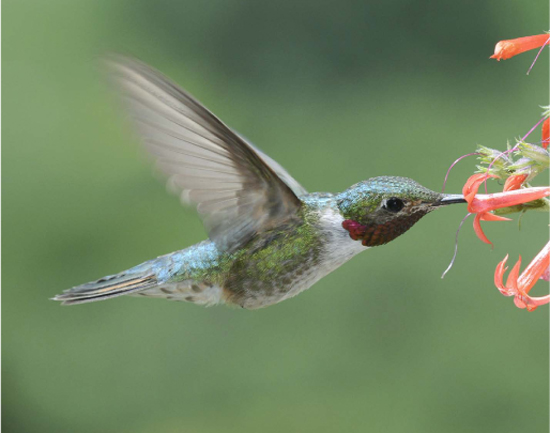
GLOBAL CHANGE IS NOW. Ecology can help.
Third US National Climate Assessment released today.

Third US National Climate Assessment released today.
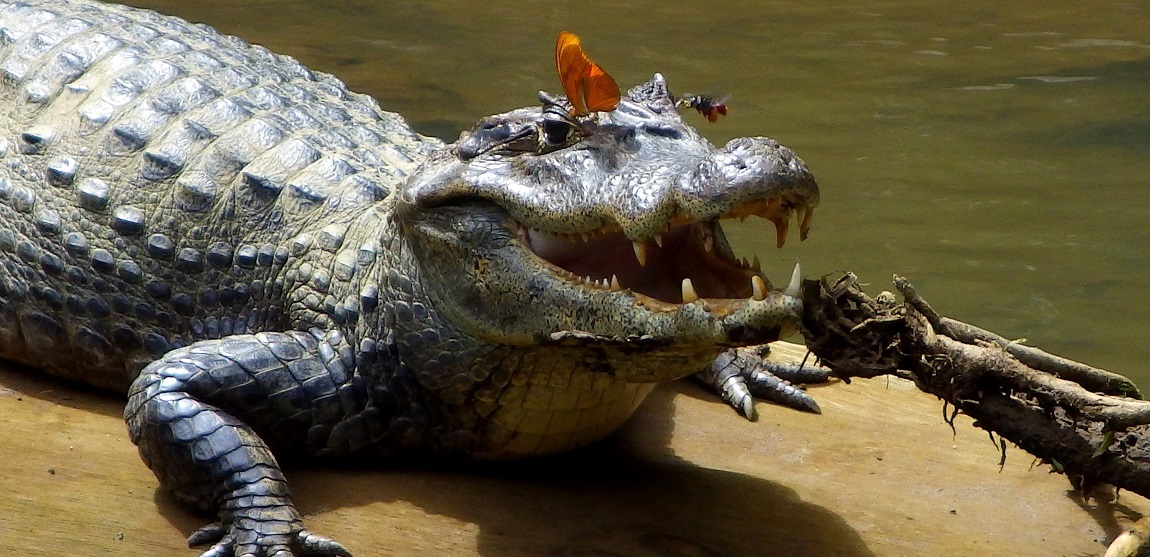
A Julia butterfly (Dryas iulia) and a solitary bee (Centris sp.) sip tears from the eyes of spectacled caiman (Caiman crocodilus) on Costa Rica’s Puerto Viejo River. Credit, Carlos de la Rosa
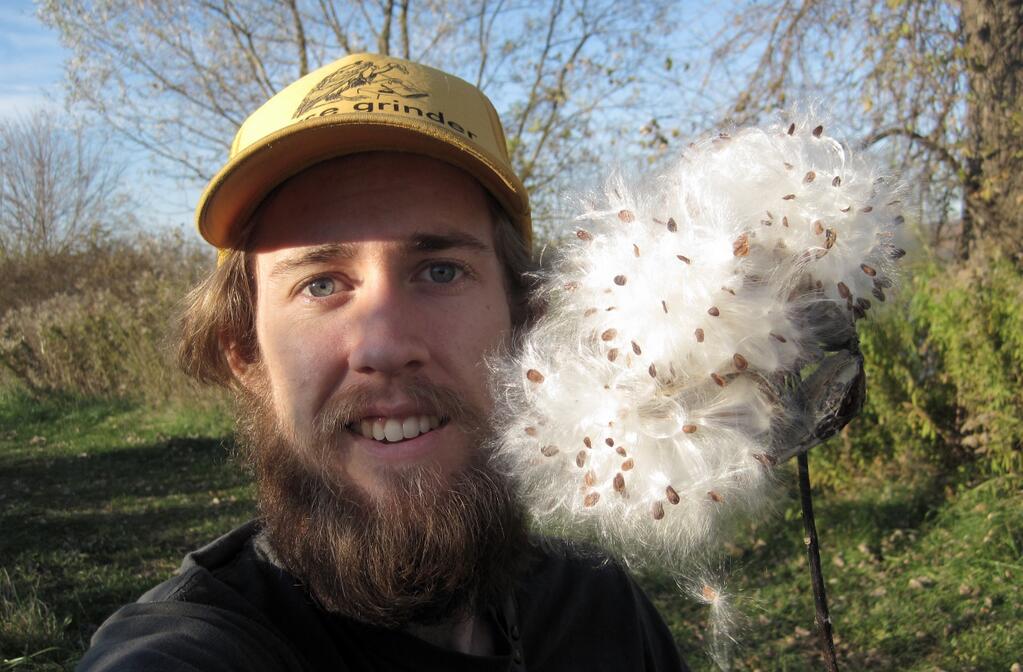
Me and milkweed fruit – my #NatureSelfie for #EarthDay. Nash Turley, a naturalist, photographer, musician, and PhD student in evolutionary ecology at the University of Toronto, snapped this shot in Ithaca, NY, in 2011. He tweeted, “Everyday is Earth Day; the fact that the calendar says today is ‘Earth Day’ doesn’t really mean anything to me. Sort of like how aboriginal cultures don’t have a word for ‘nature’ because they didn’t see themselves as separate from nature….the fact that we have a day for the Earth shows how disconnected modern societies are from ‘nature’.”
Earth Day started as a grassroots protest movement in 1970 and has solidified into an annual event. What does Earth Day mean in 2014?
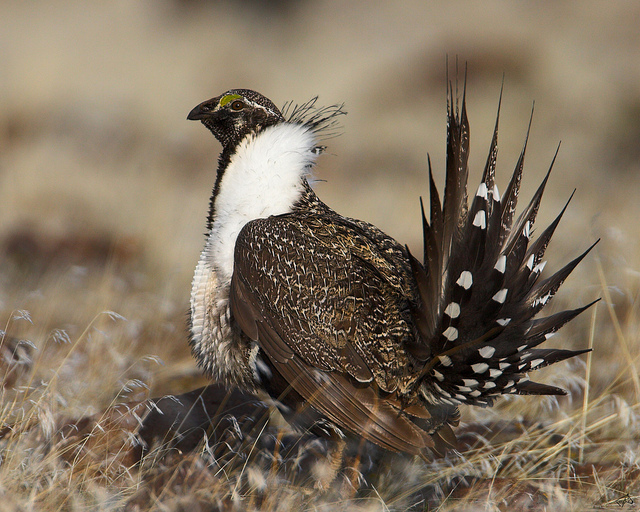
Like gyms or bars, lekking grounds are social performance spaces, where males spread their tail-feathers, inflate their impressive chests, and strut about, calling amorously to the lady birds. Ecologist Gail Patricelli of UC Davis captured this video of a lek near Hudson, Wyoming. US Fish and Wildlife Service named the grouse’s habitat, the Great Plains sage-steppe, one of the most imperiled ecosystems in America.
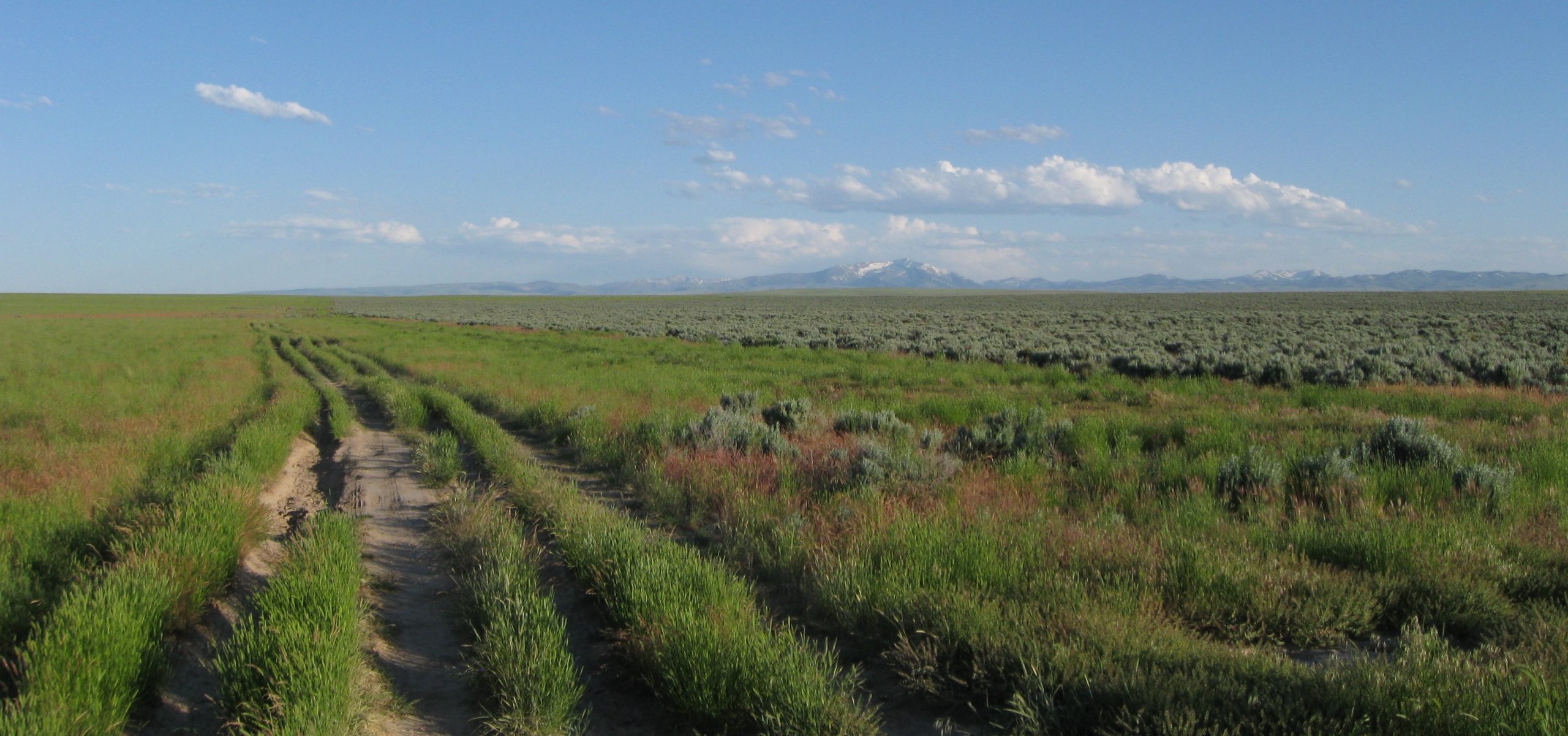
Wildfire is the predominant cause of habitat loss in the Great Basin. Reseeding burned land to stabilize soils has not restored sagebrush habitat for the endangered greater sage grouse, according to a report in the journal Ecosphere. The US Fish and Wildlife Service is considering protecting the grouse under the Endangered Species act, which could affect the management of 250,000 square miles of land in the western US.
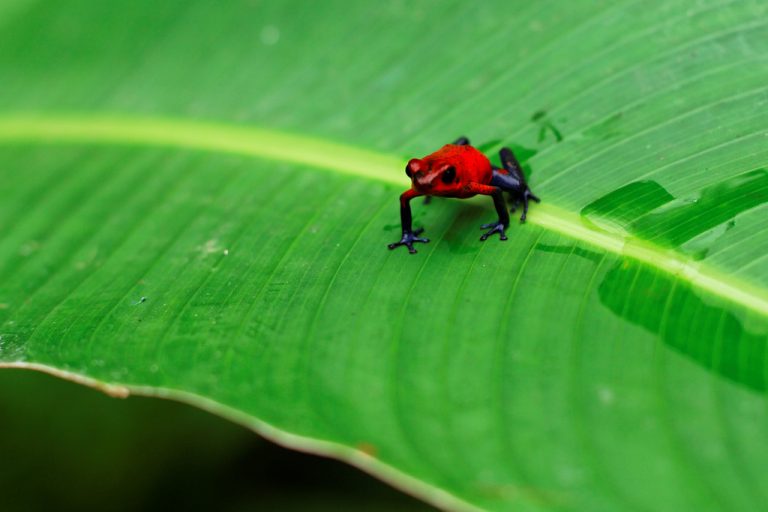
The Strawberry poison frog lavishes care upon its offspring. It’s just that kind of frog. In the March issue of Ecology, Stynoski et al. report that it also feeds its progeny poison. Also in this issue: P value debates, arctic warming, and estimating the success of biological invasions.
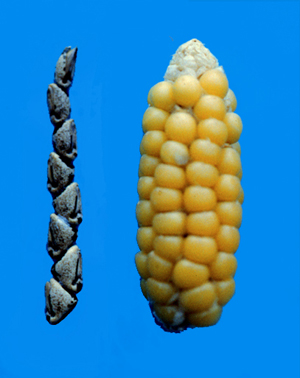
Before there was corn (Zea mays subsp. mays), and corn ruled the world, there was the wild grass, teosinte. Corn, known as maize outside the Americas, easily hybridizes with its wild sibling, but these two incarnations of Z. mays do not look alike. Subtle genetic alterations in the regulation of development change Z. mays profoundly, turning an edible wild weed…
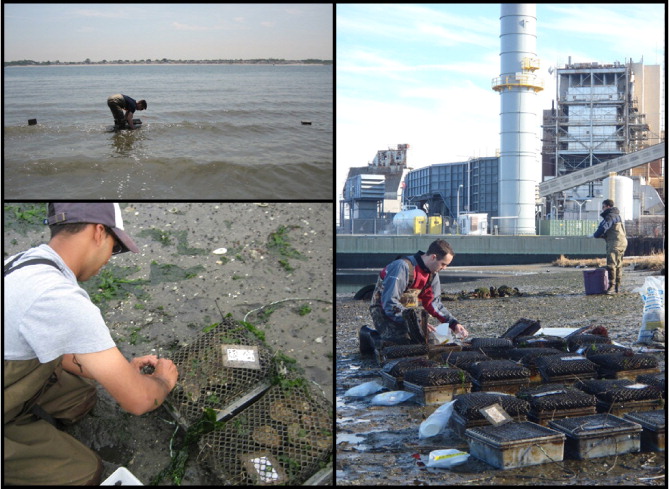
Denitrification heroes?
The dense urban life of Queens surrounds Jamaica Bay, NY, where Timothy Hoellein and Chester Zarnoch measured the effect of oysters on the nitrogen cycle. Can oysters help remove an excess of the nutrient from the bay?
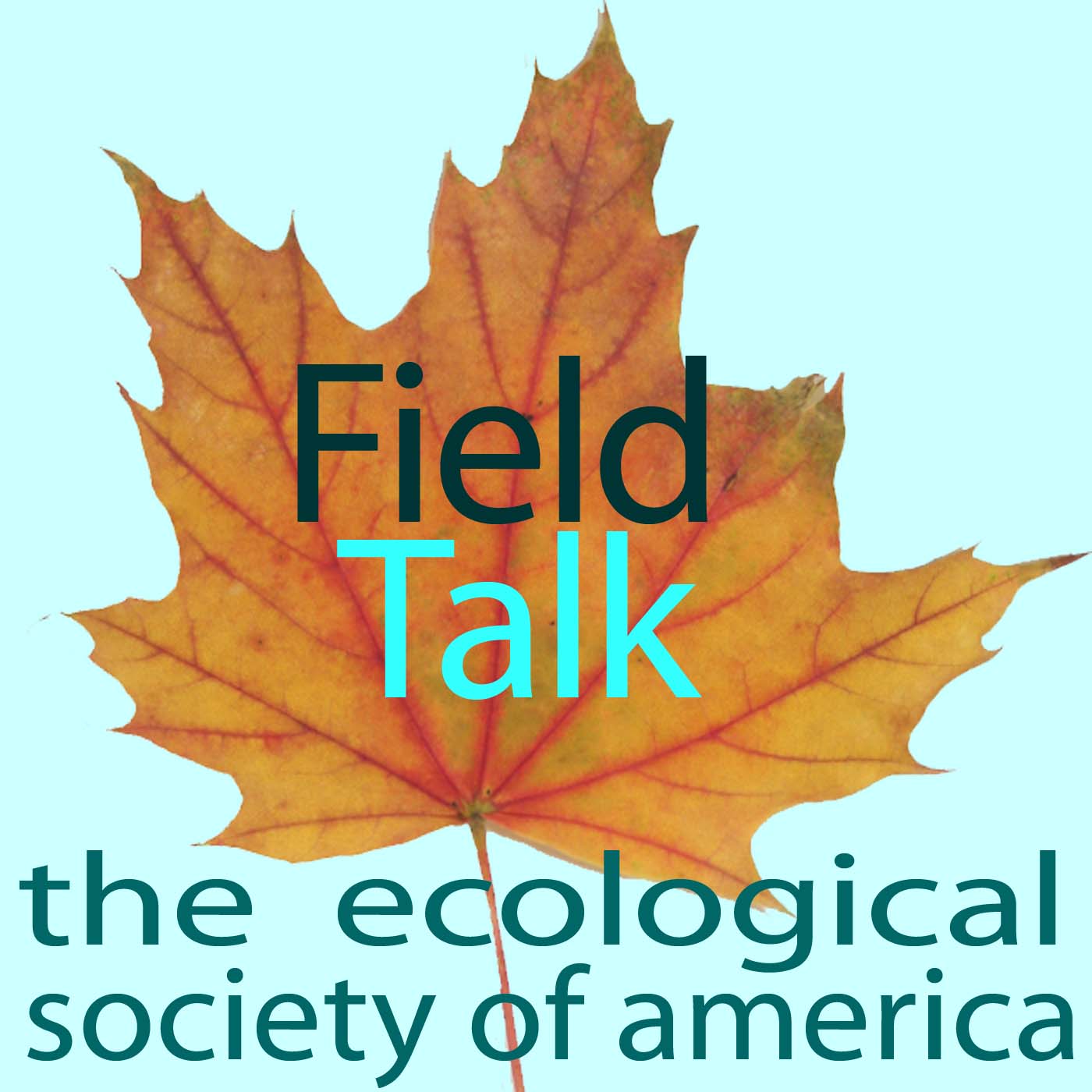
A Field Talk interview with Lisa Schulte Moore (Land Sharing/Sparing #1) digs into how integrating STRIPs of prairie into conventional row crops helps farms, waterways, and wildlife.
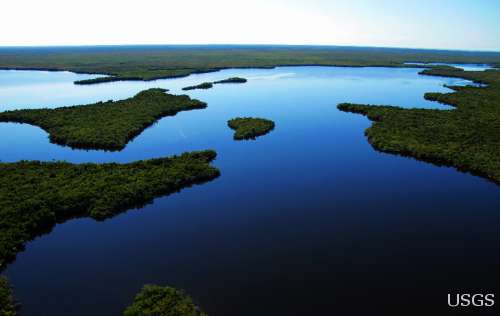
Special Issue of ESA Frontiers assesses the impacts of climate change on people and ecosystems, focusing on on biodiversity, ecosystem function, ecosystem services, the combined effects of climate and other pressures, and preparation for change.
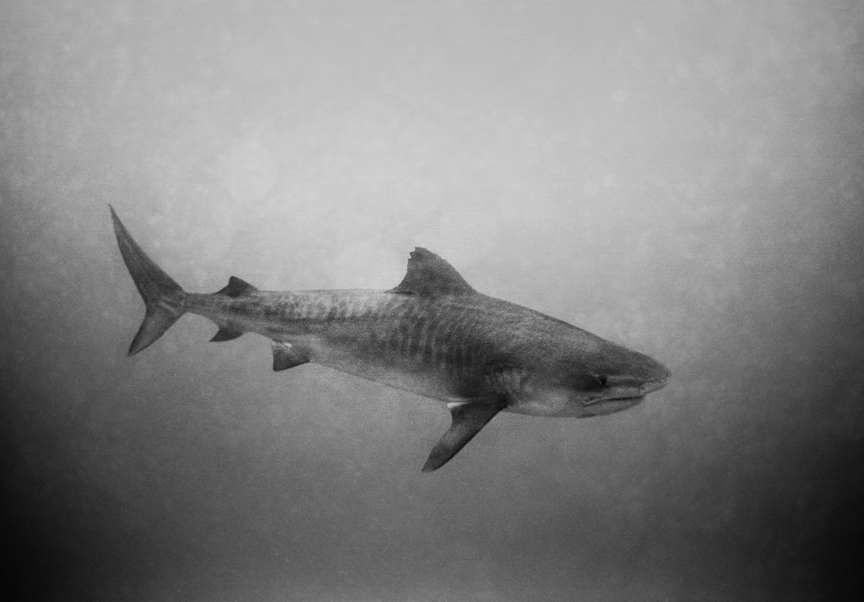
A partial migration of adult female tiger sharks coincides with pupping season and the months of increased incidences of shark bite in Hawaii, according to a report currently in preprint in ESA’s journal Ecology.
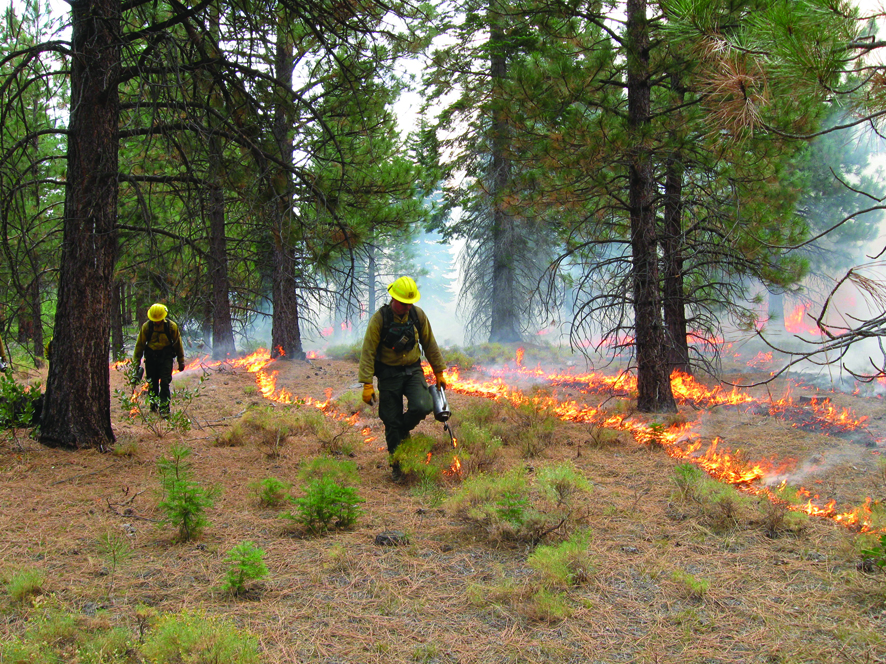
Inaugural online-only Special Issue of Frontiers in Ecology and the Environment By Nadine Lymn, ESA director of public affairs The Ecological Society of America’s first online-only Special Issue of Frontiers in Ecology and the Environment showcases prescribed burns around the globe, some of them drawing on historical practices to manage forests and grasslands in fire-prone regions. The Online Special Issue…